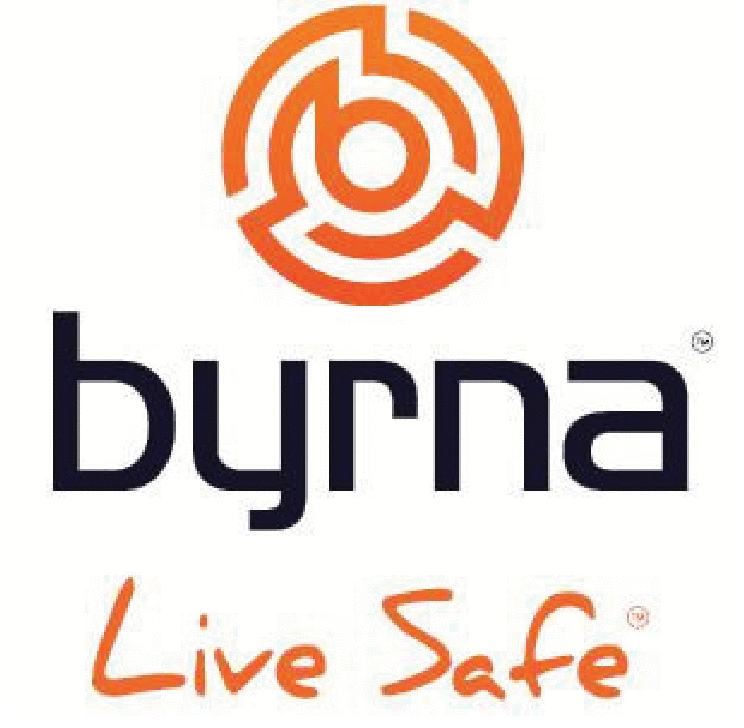Filed Pursuant to Rule 424(b)(4)
Registration No. 333-256684
Registration No. 333-257939
PROSPECTUS
2,500,000
Shares
Common Stock
We are offering shares of our common stock. Our common stock is listed on The Nasdaq Capital Market (“Nasdaq”) under the symbol “BYRN.” The public offering price is $21.00 per share. The last reported sale price on Nasdaq of our common stock on July 15, 2021 was $22.52 per share. Our common stock is also traded on the Canadian Securities Exchange (the “CSE”). The last reported sale price on the CSE of our common stock on July 15, 2021 was $27.88 CAD per share.
You should consider the risks that we have described in “Risk Factors” beginning on page 13 of this prospectus before buying our common stock.
|
|
|
Per Share |
|
Total |
|
||
|
Public offering price |
|
$ |
21.00 |
|
$ |
52,500,000 |
|
|
Underwriting discount |
|
$ |
1.26 |
|
$ |
3,150,000 |
|
|
Proceeds, before expenses, to us |
|
$ |
19.74 |
|
$ |
49,350,000 |
|
We have granted the underwriters an option to purchase up to an additional 375,000 shares of common stock at the public offering price less the underwriting discount and commissions to cover over-allotments, if any.
Neither the Securities and Exchange Commission nor any state securities commission has approved or disapproved of these securities or determined if this prospectus is truthful or complete. Any representation to the contrary is a criminal offense.
The underwriters expect to deliver the common stock to purchasers on or before July 20, 2021.
RAYMOND JAMES
|
B. Riley Securities, Inc. |
Ladenburg Thalmann |
The date of this prospectus is July 16, 2021.






